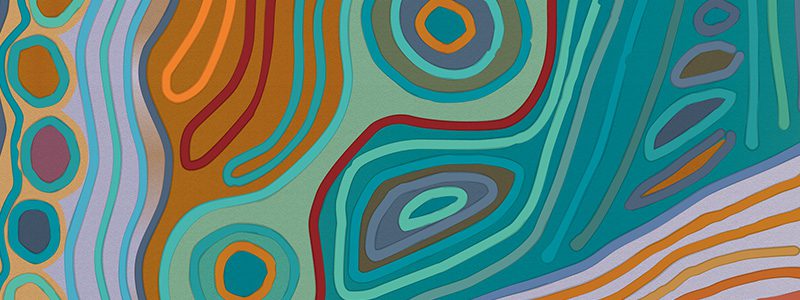
Hunter Primary Care has been successful in the first round of grants awarded through the Department of Health, Indigenous Australians Health Programme Emerging Priorities grant.
Recently announced by the Morrison Government, this first round of Emerging Priorities research project and grant funding equates to national investment of almost $35 million towards the intervention and prevention of a disease or chronic health conditions.
Supporting ‘Closing the Gap’ initiatives, our project titled, ‘Power and Control for Aboriginal Youth’, will develop and deliver a social media health/awareness campaign created by young Aboriginal people for young Aboriginal people. By employing an Identified Aboriginal Project Facilitator, and recruiting Aboriginal youth advisory groups across the Hunter New England Central Coast Primary Health Network (HNECCPHN), Hunter Primary Care will co-design a social media campaign targeting youth groups, aged 5-24, to present for regular annual 715 health checks.
The co-design nature of the project presents an opportunity for young Aboriginal community members to collaborate, and create a robust promotional campaign, directed at youth culture, and focused on early intervention of chronic disease.
The Indigenous Australians’ Health Program (IAHP) identified that the 715 health check is important in early detection/treatment of disease. The IAHP also reports that progress towards the 2023 goals for Indigenous heath checks across all demographics is not on track.
Outcomes of the campaign will aim to increase the numbers of Aboriginal children/youth groups presenting for annual 715 health checks, children from 18% to 46% and youth from 17% to 42%, by 2023.
“Throughout the campaign, we will aim to establish power and control for Aboriginal youth to guide their communities towards ‘Closing the Gap’ between Indigenous and non-Indigenous health inequities. We will be working across communities in the HNECCPHN to ensure that various communities are represented and consulted,” Ms Ryan said.
“As an organisation, we feel that a co-design process is important to the success of the project. Developing a campaign that is created by young Aboriginal people, for young Aboriginal people will allow us to produce content that resonates with communities and ultimately improve the campaign’s success.”
“We are currently recruiting for an identified position for a Project Facilitator who will engage with Aboriginal communities across the HNECCPHN region and recruit Indigenous Youth Advisory groups to assist to deliver the project as outlined in the grant funding agreement.”
Our strategy to create an Aboriginal youth-led health awareness campaign, aligns directly with recent research into social media usage in Indigenous communities. Recent research indicates that age is directly associated with social media use for health, with younger groups being reportedly more receptive to using social media, particularly in relation to their health and wellbeing.
Further research also suggests that Australian Aboriginal communities are embracing social media for sharing health messages in a two-way exchange. A greater self-empowerment was received from Aboriginal people governing their own health social media campaign. Using social media as an exchange medium was well received and feedback was positive overall. Positive qualitative data reporting recorded modified behaviour changes, with a decrease in the consumption of added sugar and sugar sweetened beverages.